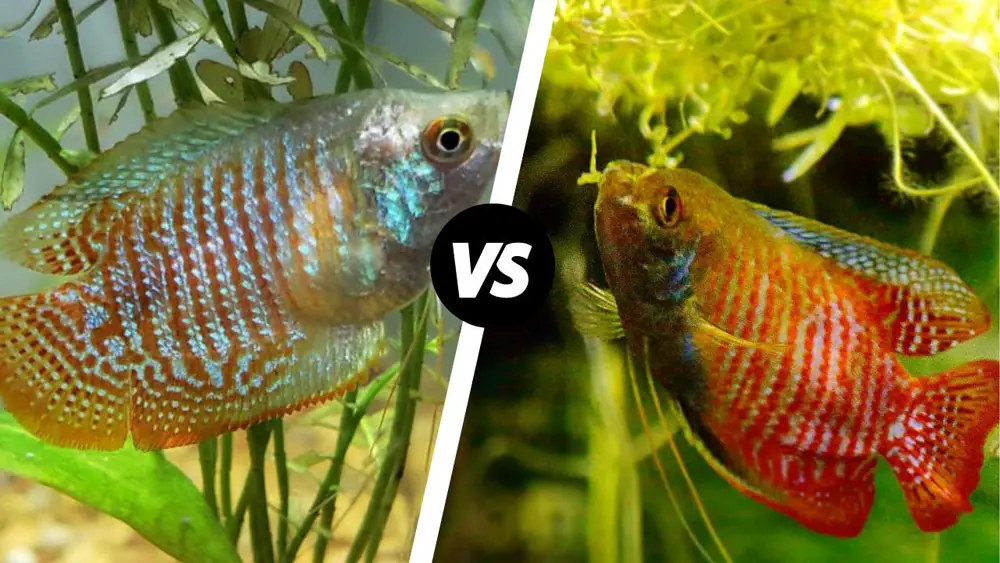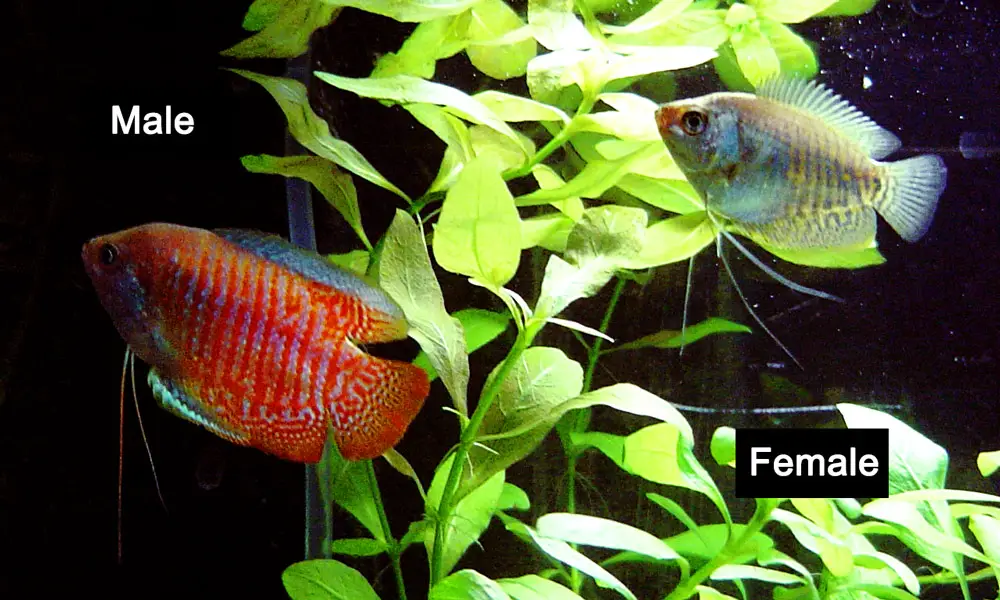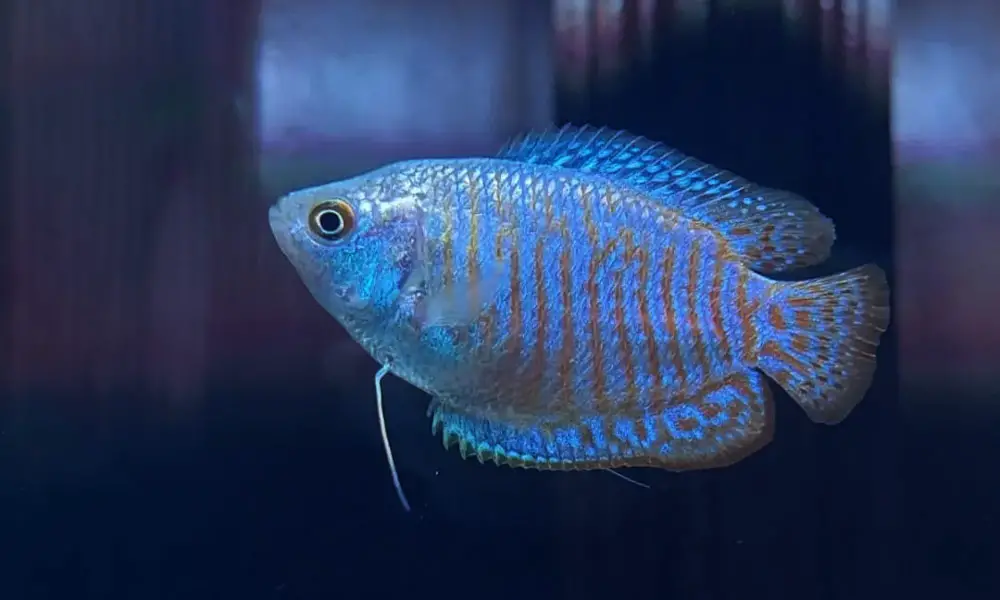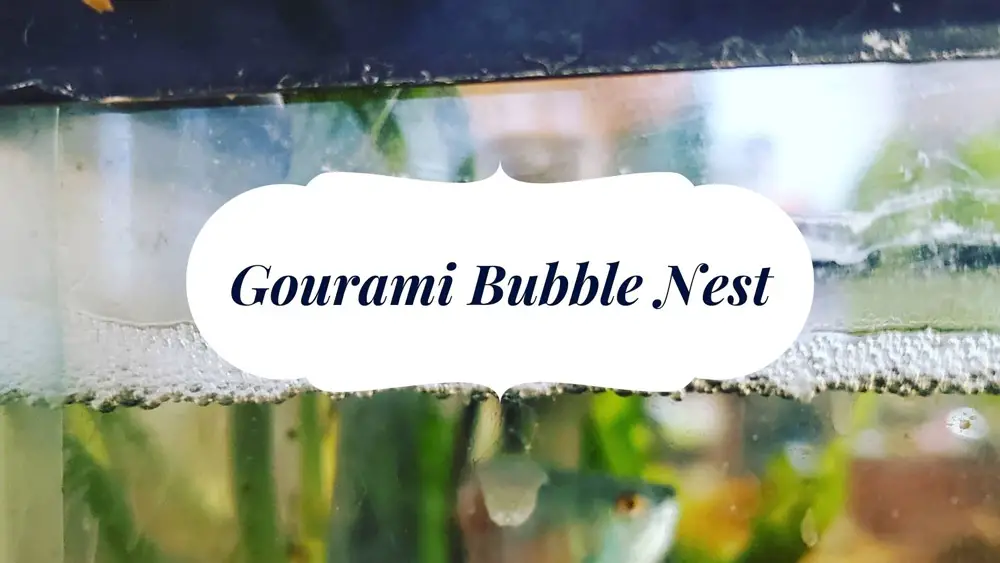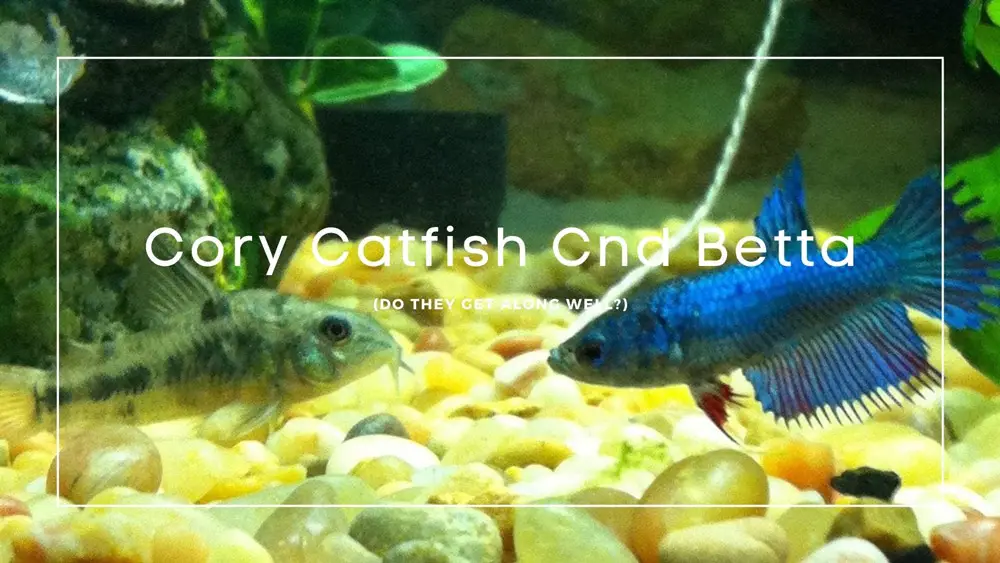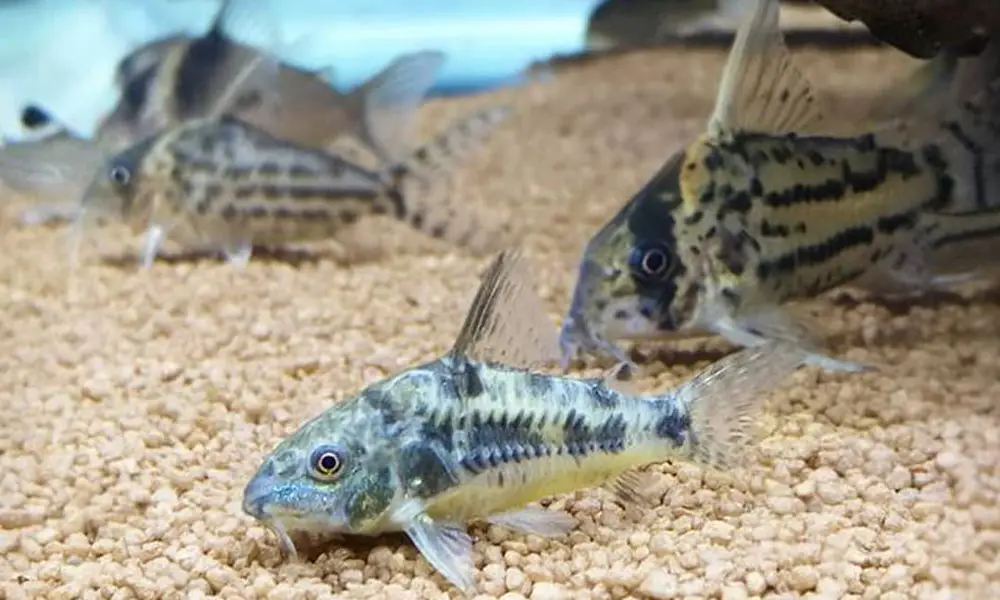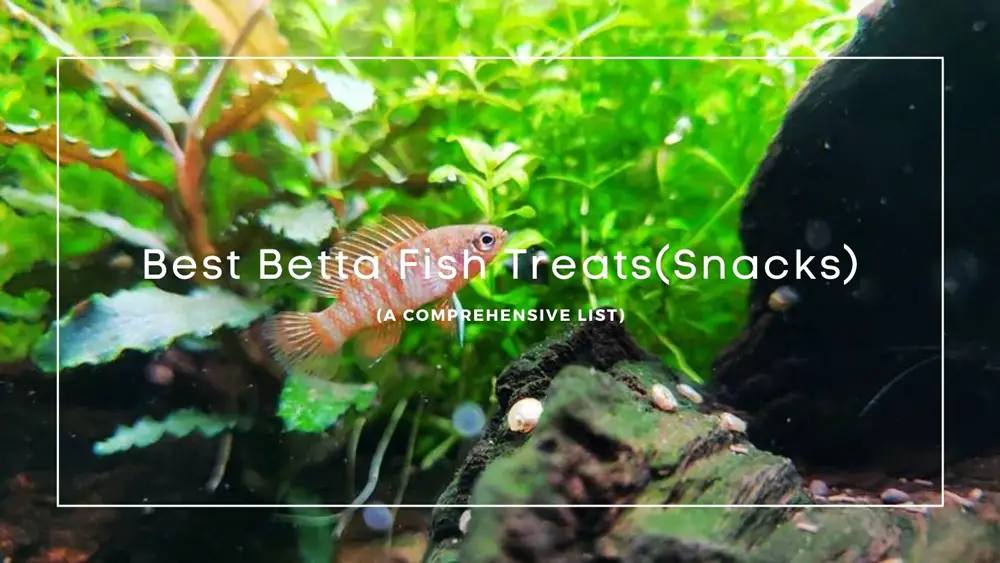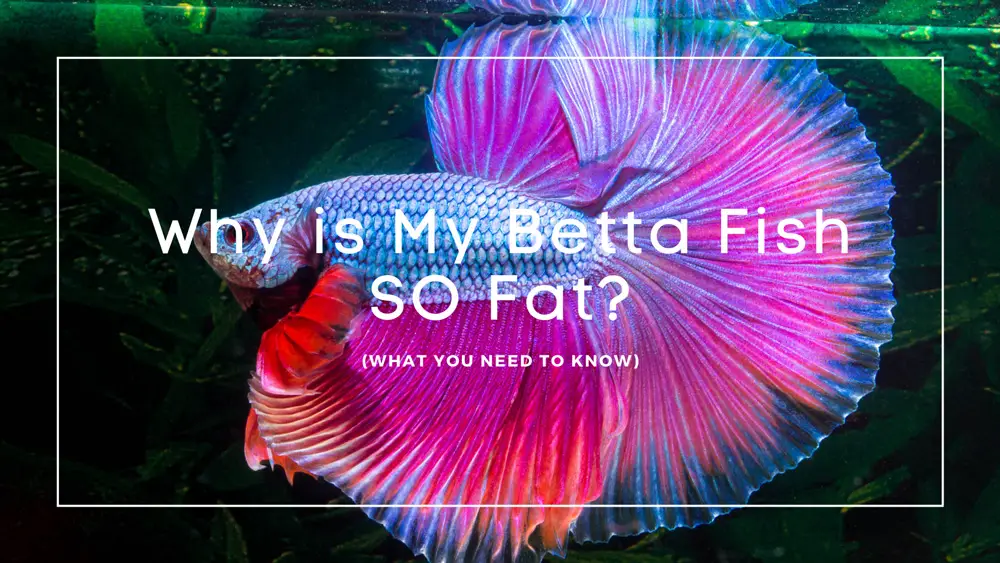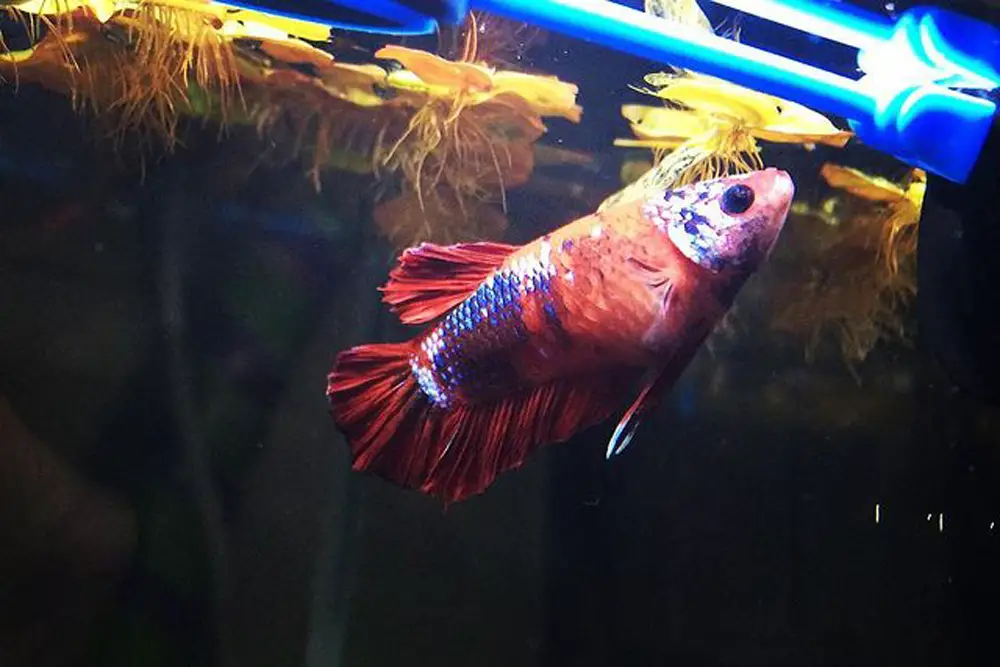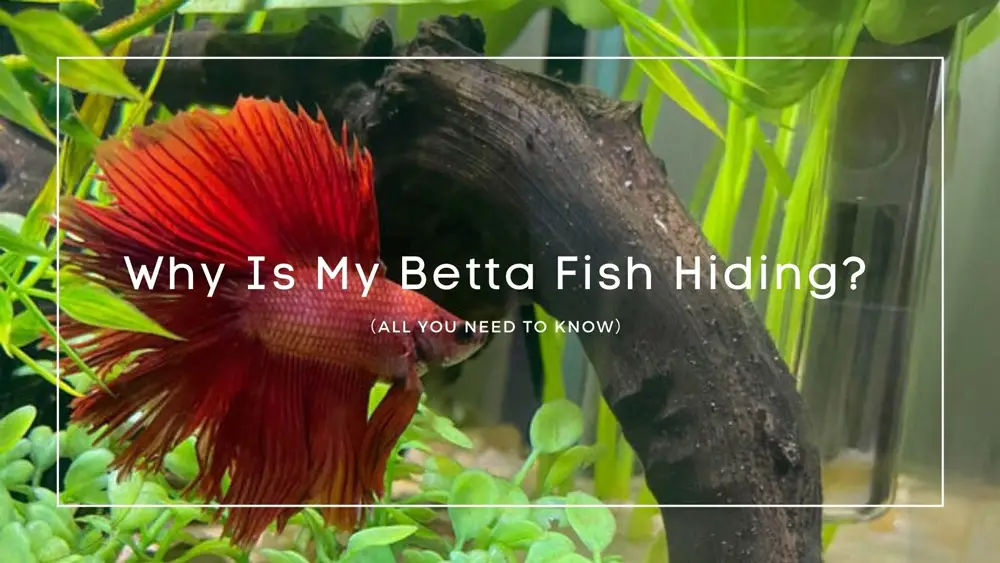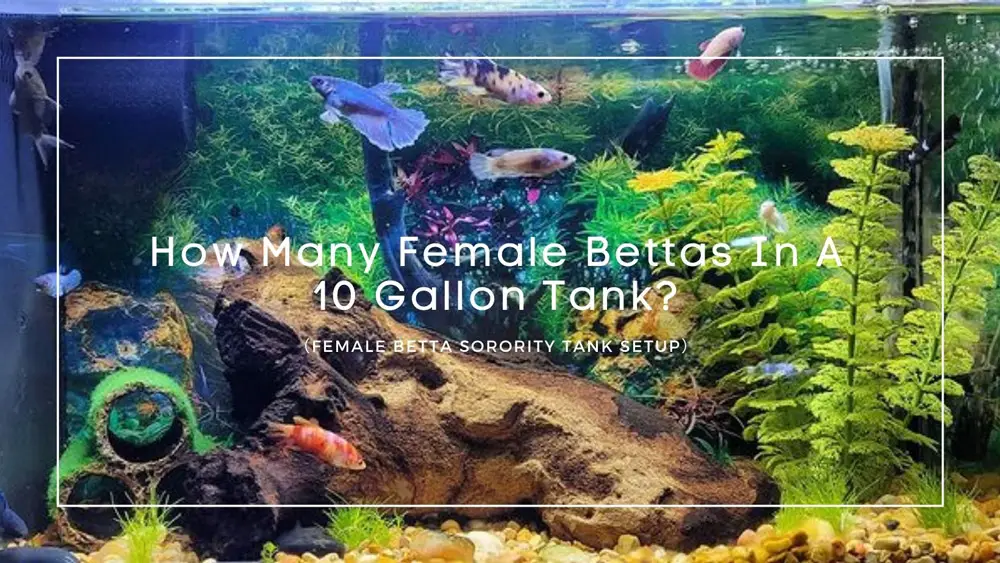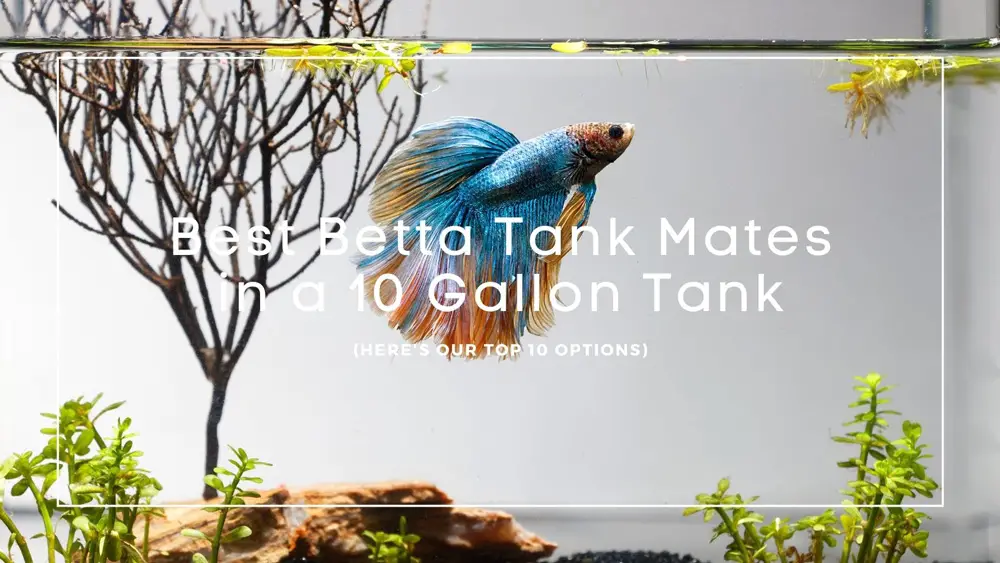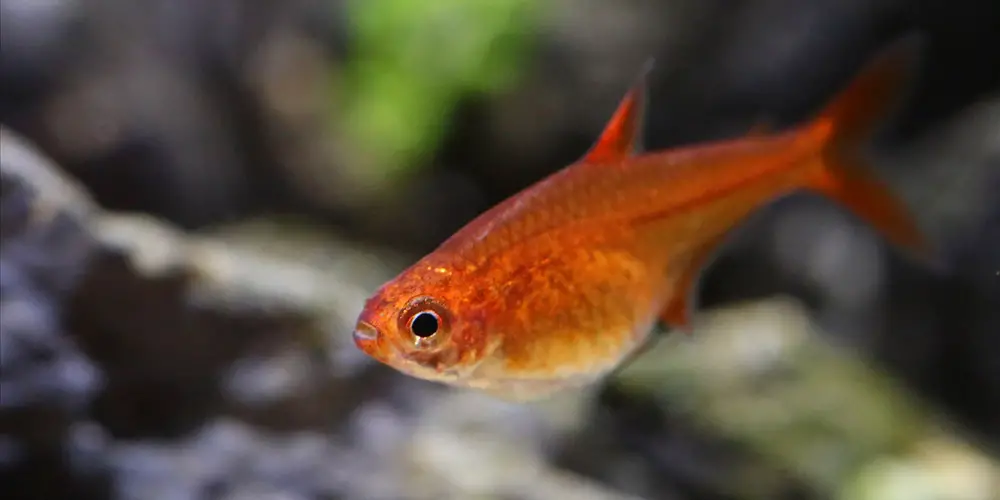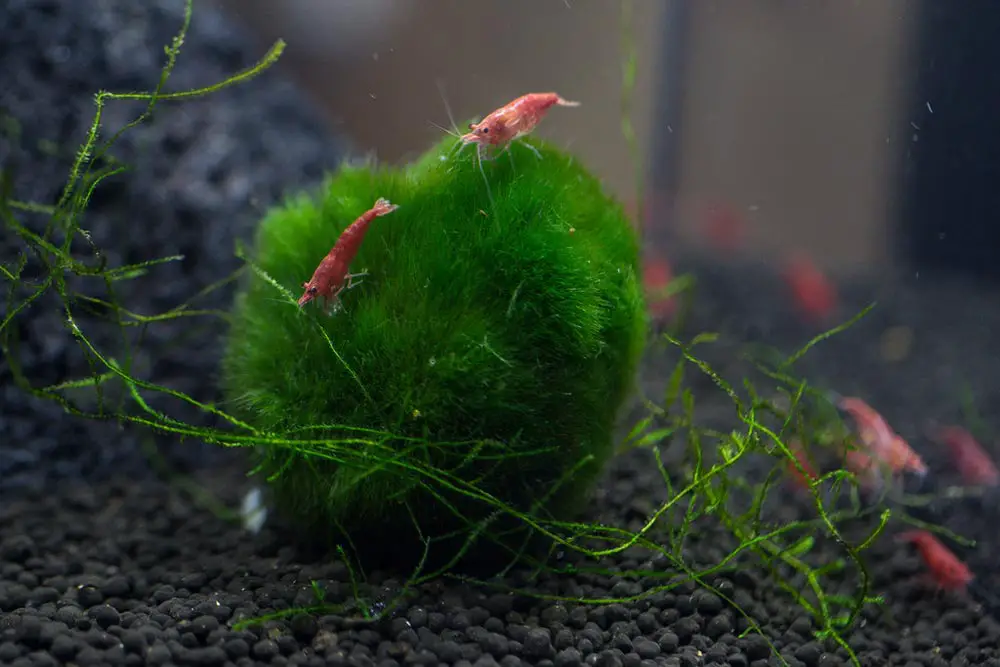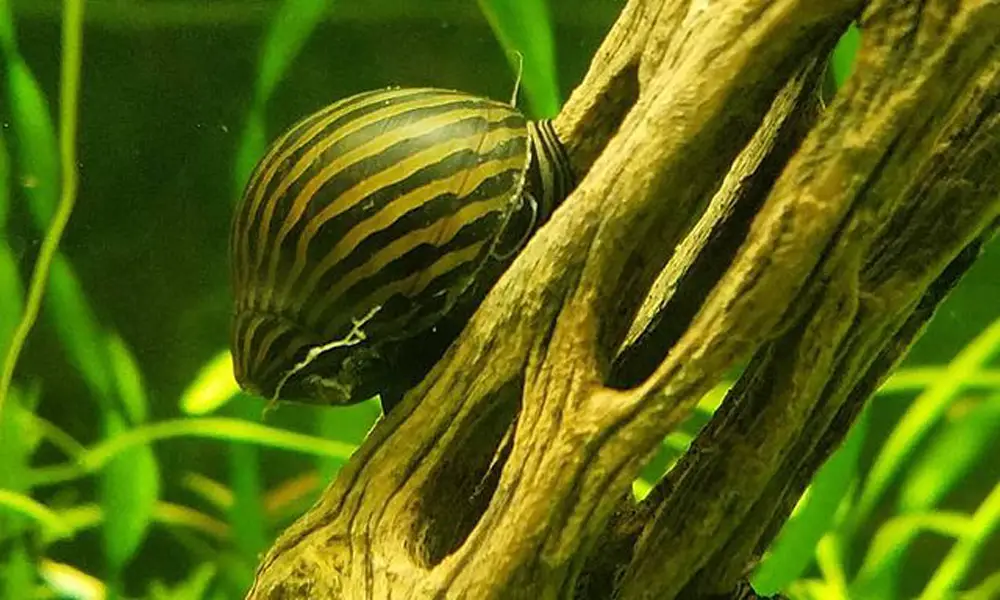If you just started the hobby, there’s a good chance you’ve heard of honey gourami. This small, brightly-colored fish is one of the most popular centerpiece fish, and for good reasons – they’re attractive, easy to care for, and relatively peaceful.
The honey gourami is similar to a betta but isn’t as aggressive and incredibly territorial. This fish can play well with other small, peaceful fish in small aquariums (10 gallons and up).
They also have an interesting breeding behavior, especially if you have never bred a bubble nest builder. If you are thinking about breeding honey gouramis in the home aquarium, accurately determining the sex of the fish is important.
In this guide, you’ll learn the differences between male and female honey gouramis, plus some extra breeding info that might be interesting.
Female Honey Gourami Facts

Let’s start with some fun facts about this peaceful fish and their easy care requirements. If you already have thriving honey gouramis in your aquarium, then you might want to skip ahead to the section on how to identify the gender.
Species Overview
The Honey Gourami (Trichogaster chuna) is sometimes called the Honey Dwarf Gourami, the Sunburst Gourami, or the Gold Honey Gourami, and is closely related to the Dwarf Gourami (Trichogaster lalius).
This species is a Labyrinth fish with a special respiratory organ that allows them to absorb oxygen from the surface of the water. This allows them to live in water with lower oxygen levels where most other fish could not.
Distribution and habitat
These fish are native to Bangladesh and northern India, where they can often be found in the top and middle levels of slow-moving rivers and lakes that are rich with plants and vegetation. Most waters are warm, shallow, and have poor oxygen levels.
Lifespan
Honey gouramis have an average lifespan of 4 – 8 years. This is assumed that you are keeping them in a stress-free aquarium with good water quality and diet.
Color
All of these common names do a great job of describing the honey gourami’s appearance. The males have a beautiful, iridescent honey-yellow coloration on the entire body besides their throats and fins.
Unlike the popular Dwarf Gouramis, both the male and female honey gouramis are quite bland when seen in a retail setting (We’ll get into the color differences between their sexes in the following section). Hence, they are sometimes mistaken for female Dwarf Gouramis.
In captivity, two basic color morphs have been selectively bred: the red variety (Sunset or Robin Red Gourami) and the gold variety (Gold Honey Gourami). These man-made color varieties are more commonly seen in the aquarium trade than their wild type since they are more visually appealing.
However, this can often lead to confusion between the red variety and the flame-red variety of dwarf gourami.
Male vs. Female Honey Gouramis
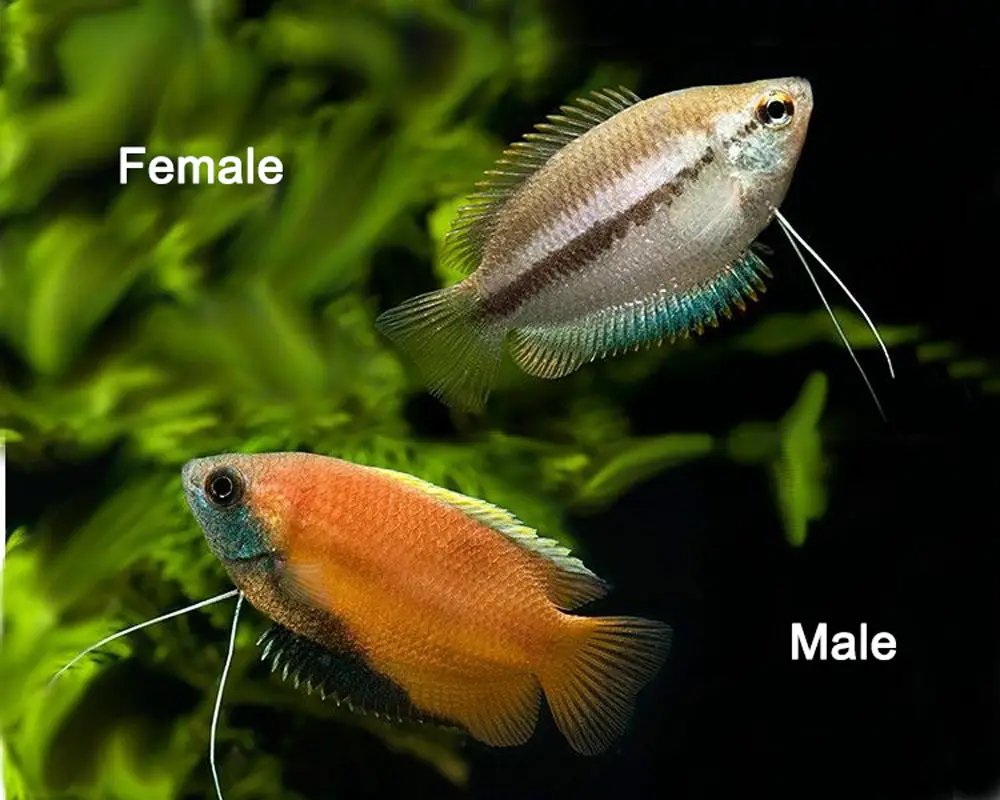
It is not always easy to tell the male from female honey gourami when they are small. Both males and females have very similar coloration before they reach adulthood.
However, Honey Gouramis can show sexual dimorphism when they mature. Sexual dimorphism is when the male and female of a species have different physical traits. There are some physical and behavioral telltale signs that you can look for to help you determine the gender of your adult honey gouramis.
Coloration
Young honey gouramis look very similar, regardless of their gender. They take on a dull silvery to yellow base with a brown line running horizontally down their flat, oblong-shaped bodies, making it can be quite difficult for even experienced fish keepers to accurately sex them.
Female honey gouramis retain this basic coloration throughout their lives with little to no change. Male honey gouramis, on the other hand, will develop a much more vibrant honey color with a prominent blue-black marking on their undersides when breeding. The bright orange coloration on their throats becomes more intense, which may help them to get noticed when courting the female.
Author note: Keep in mind these color changes do not occur in males of various man-made color morphs.
Size
Honey gouramis (Trichogaster chuna) are the smallest species in the Trichogaster – even smaller than the dwarf gouramis (Trichogaster lalius).
The size of the fish can help determine the gender of honey gouramis, with males will only reach about 1.5″ (4 cm) long, while the female honey gouramis can grow up to 2 inches (5 cm) long when fully grown.
In the wild, this species can reach a length of 2.2 inches (5.5 cm), but they stay much smaller in captivity.
Observe the Fins

The male honey gouramis have a distinct “V” shape dorsal and extended anal fin rays. When you look closely at their longer fins, you will see that there is somewhat of an orange hue absent on the caudal fin. Additionally, you may notice that the female honey gourami’s dorsal fin is more rounded than the males.
Breeding Honey Gouramis
Honey Gouramis breeding is not difficult, and they are readily bred in the home aquarium. But you have to provide them with the right environment and trigger their spawning instinct by making some changes to their tank.
Like the dwarf gourami, the honey gouramis is also a bubble nest builder that uses saliva and plant matter to create a floating nest for hatching and protecting eggs and fry.
In order to increase the chances of breeding, I strongly recommend you use a small shallow breeding tank because you’ll need to remove females and males at different stages of the cycle.
A perfect breeding tank setup should be:
- Tank size: 10 gallons and up
- A gentle sponge filter (avoid strong surface agitation)
- The tank should be sealed with a tight-fitting lid to increase the humidity and maintain a warm layer of water for the babies to develop the labyrinth organ.
- Water Parameters: temperature should be 82°F (28°C) with a pH of around 7.
- Add plenty of rooted and floating plants. Floating plants, like water wisteria and water sprite, are important for males to anchor their bubble nests.
Honey gouramis can be bred in pairs or a trio. Before breeding honey gouramis, you will need to condition them with live foods such as brine shrimp or daphnia. Once they are ready to spawn, the male will start building the nest. After the nest is complete, he will begin to display the female honey gourami by gently flaring his fins and swimming around her.
If she is ready to spawn, she will follow him and approaches the bubble nest, where she will embrace and release her eggs. The eggs are fertilized at the same time. They repeat the process until the female honey gourami runs out of eggs.
After spawning, the male honey gourami will become very protective of the nest and chase away anything close to it. The female honey gourami is usually not welcomed back into the breeding tank and should be removed.
These eggs will hatch between 24-36 hours, and the fry will start to swim toward the surface for air, depending on the temperature. At this point, you can remove the male honey gourami because he might eat the fry.
The fry will be free swimming after 3 days, and they can be fed newly hatched brine shrimp.
Wrapping Up
To conclude, the female honey gourami is larger than the male honey gourami and has a dull color with a horizontal stripe. The adult males have a bright orange hue in their dorsal fins that is absent in the female. Breeding males develop a dark underside and throat.
There are many honey gourami varieties available in the market today. Make sure you purchase fish that can be easily sexed if you intend to breed.
If you provide the right environment and understand their breeding process, honey gouramis are not difficult to breed. They are a great addition to any aquarium and make wonderful pets.
We hope you enjoyed reading this article and found it informative. If you have any questions or comments, please feel free to leave them below.

